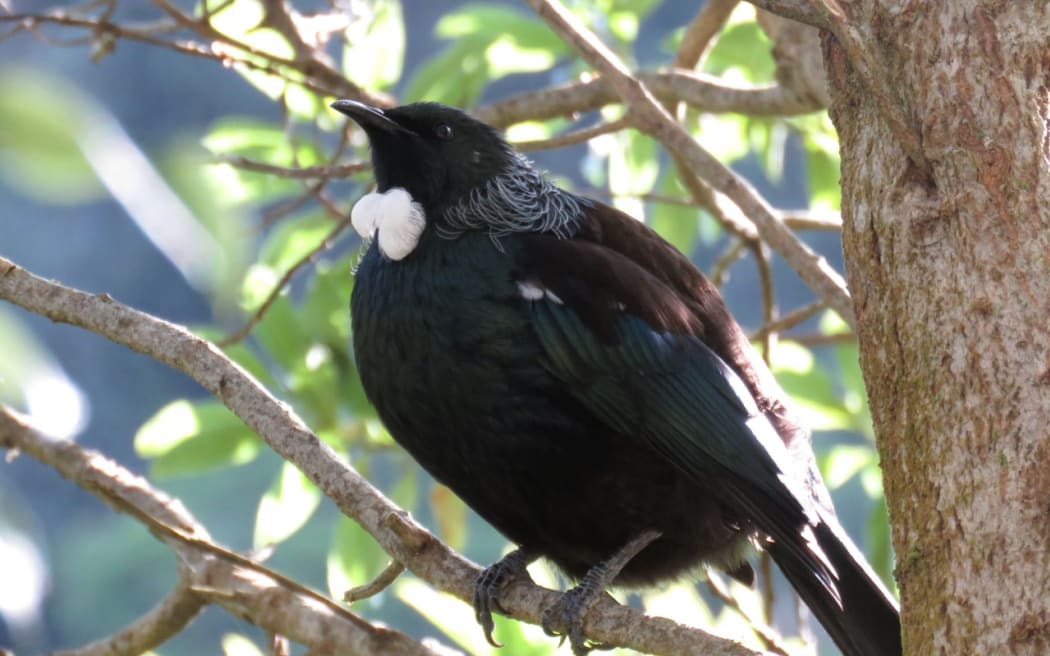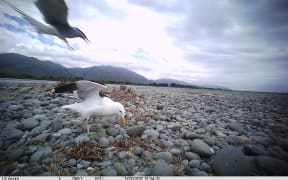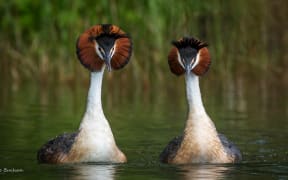
A tui surveys its territory Photo:
Tūī numbers in Canterbury have grown exponentially over the past decade, compared to anywhere else in the country.
New figures from the 2023 State of New Zealand Garden Birds report by Manaaki Whenua Landcare Research show there has been more than a 200 percent increase in tūī in Canterbury in the past ten years, compared to a 23 per cent across the rest of the motu.
Senior researcher Dr Angela Brandt said that was not a cause for concern.
"The rate of these increases is generally slowing down, which makes some sense when you think about how percentage increases work. Having four tūī sightings is a 100 percent increase when you started with only two sightings, but seeing six the next year becomes a 50 percent increase."
Canterbury has also seen a rapid increase of both kererū and pīwakawaka in the past 10 years, despite shallow increases nationally.
Some introduced species are increasing, with mynas (maina) continuing their rapid increase in Wellington (126 percent over 10 years) and increasingly in the Manawatū-Whanganui region (30 percent over five years), but numbers showed little to no change nationally.
Sparrow numbers were declining for the first time, while starlings (tāringi) and dunnocks also both showed shallow declines over 10 years.
The declining numbers of some birds should also trigger an alert.
The tauhou (silvereye) has seen a long-term shallow decline nationally shift to a moderate decline in the short term. Goldfinch (kōuraini) and chaffinch counts are showing a rapid decline (30 percent for both species) over five years.
Brandt said the survey was valuable as birds were important indicators of the health of New Zealand's environment, performed important ecosystem functions and had inherent value as taonga species.
Participants were asked in 2023 what more could be done to care for birds in New Zealand.
Of the 3684 people who answered the question, 43 percent mentioned cats in their responses - with some advocating for cats wearing bells on their collars all the way to outright bans.
Garden Bird Survey founder Eric Spurr said he was excited his vision to provide long-term data on New Zealand garden bird trends when establishing the survey almost two decades ago, was now coming to fruition.
He was thrilled that more than 60,000 citizen scientists had taken part since the survey's inception.
"Without these volunteers...none of this data would have been collected."
This year the survey runs from 29 June - 7 July, with bird identification information on the New Zealand Garden Bird Survey website.




